SOS in Morse Code: Key Uses and Rich History
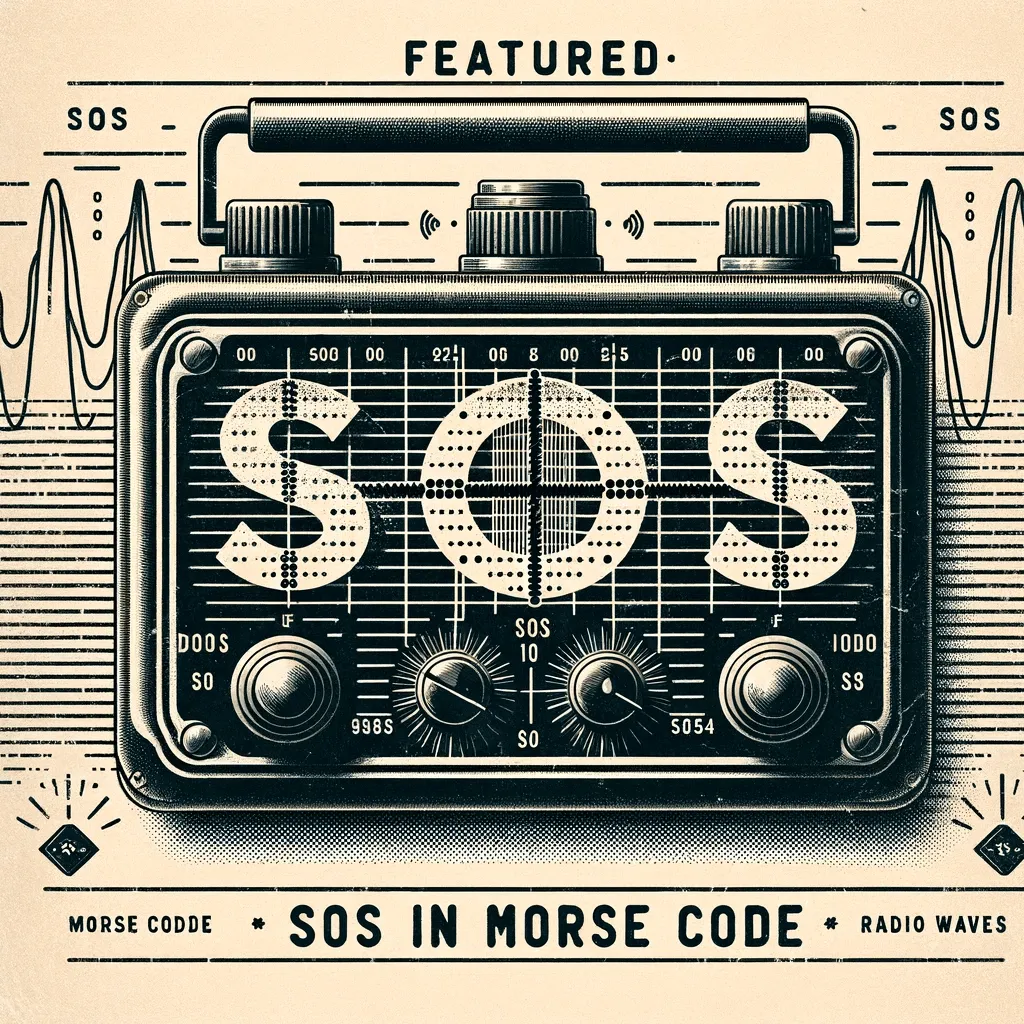
Quick Summary
SOS in Morse Code is represented by the sequence: ...---... This pattern signifies three short signals (dots), three long signals (dashes), and then three more short signals. When you sound it out, it pronounces as "dit-dit-dit, dah-dah-dah, dit-dit-dit." Although many people believe SOS means 'Save Our Souls' or 'Save Our Ship,' it doesn't represent any specific phrase. Instead, it stands as a universally recognized and straightforward distress call.
Table of Contents

When we think about communication, a few signals truly stand out. Right at the top? The "SOS" in Morse code. Thanks to Morse, Henry, and Vail, we have an amazing system that changed long-distance communication.
Why is this signal so important? Why does everyone mention it? In this article, we will explain the SOS story, debunk some myths about its meaning, and highlight its importance.
Representation & Sound Of SOS In Morse Code
In Morse Code, the SOS signal is distinctly represented as:
- 'S' : ... (Three dots)
- 'O' : --- (Three dashes)
- 'S' : ... (Three dots again)
This sequence of dots and dashes, "...---...", is internationally recognized as a distress call.
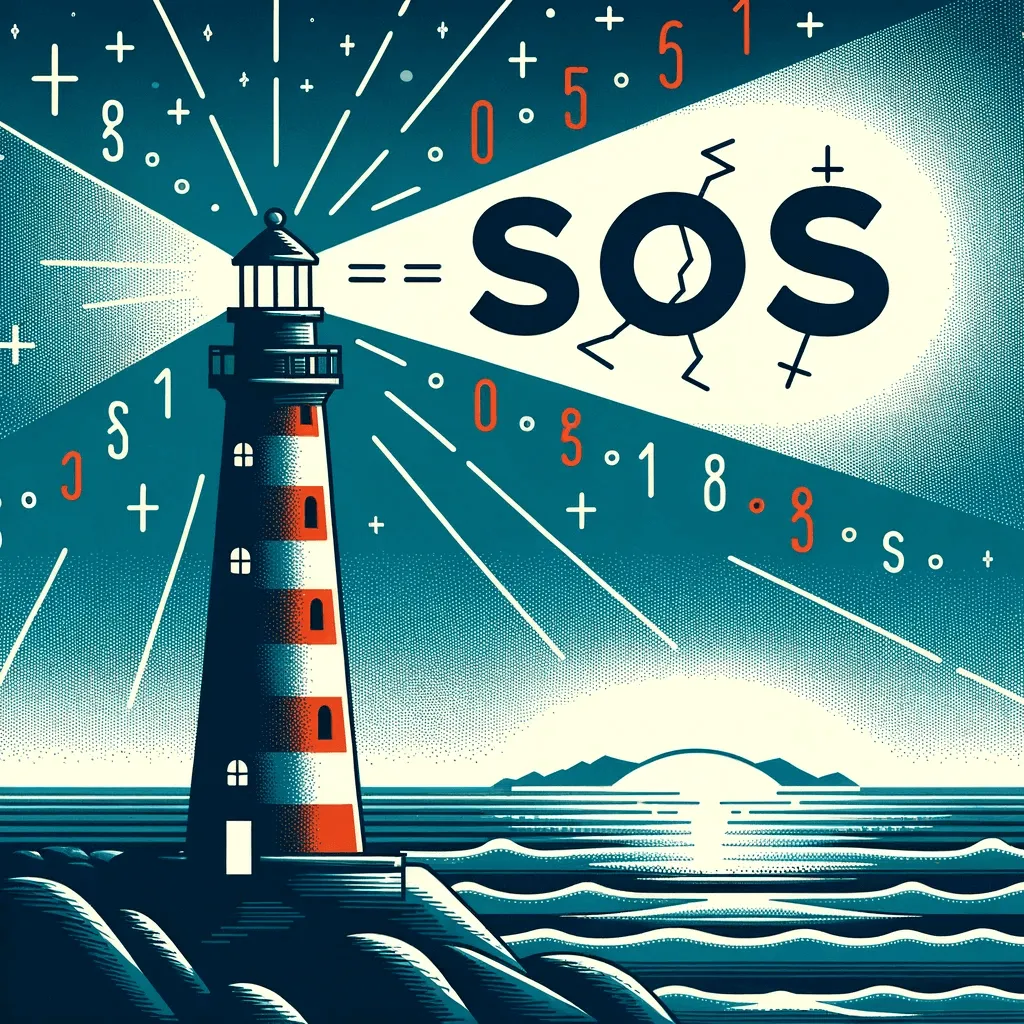
Pronunciation
While the visual representation uses dots and dashes, the audible version uses specific sounds for each.
- The letter 'S' is pronounced with three short sound signals, often called "dits."
- The letter 'O' is communicated with three longer sound signals, termed "dahs."
So, when signaling SOS audibly in Morse Code, it would sound like: "Dit Dit Dit, Dah
History
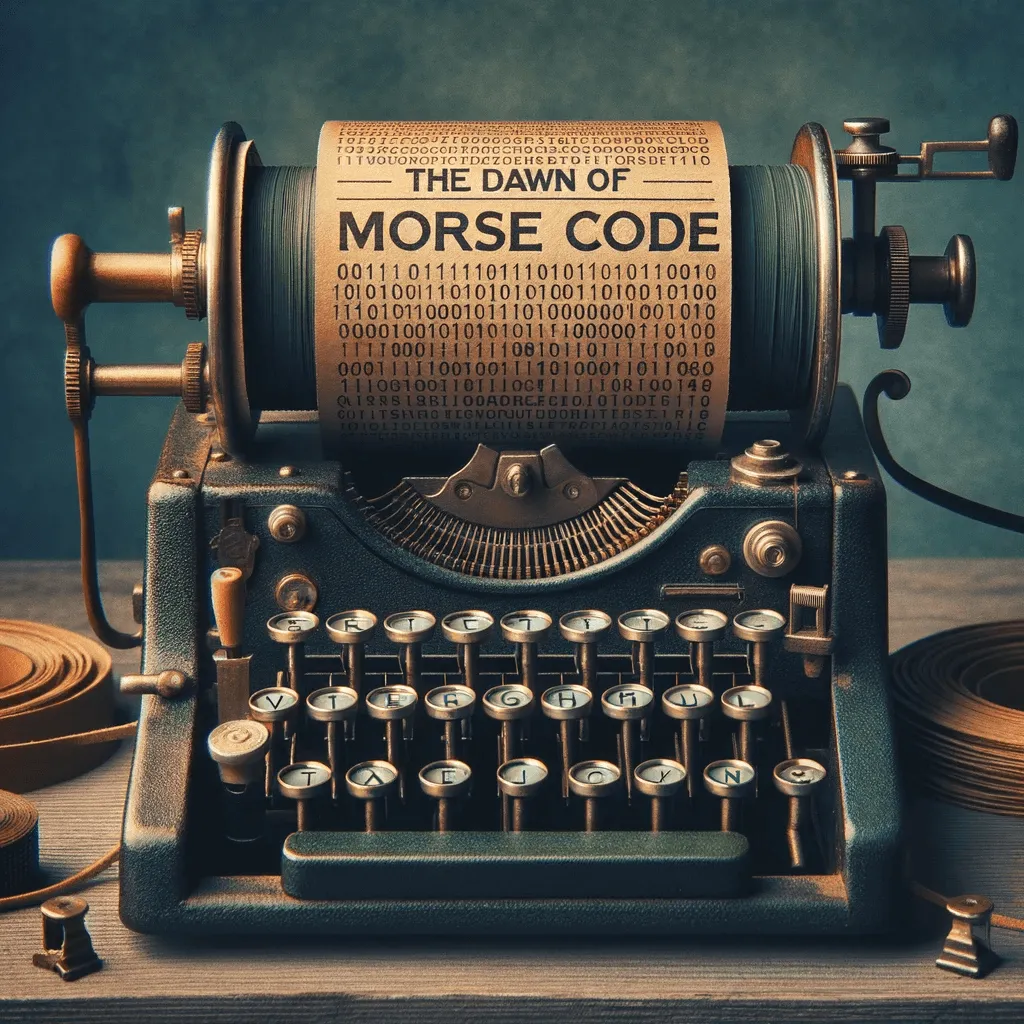
In the 1800s, Samuel Morse, Joseph Henry, and Alfred Vail helped change communication. Together, they developed the Morse code.
Initially, it was a system built around numbers. Vail made Morse code more versatile by adding English letters, improving its usefulness for communication.
The Rise of the SOS Signal in Maritime Communication
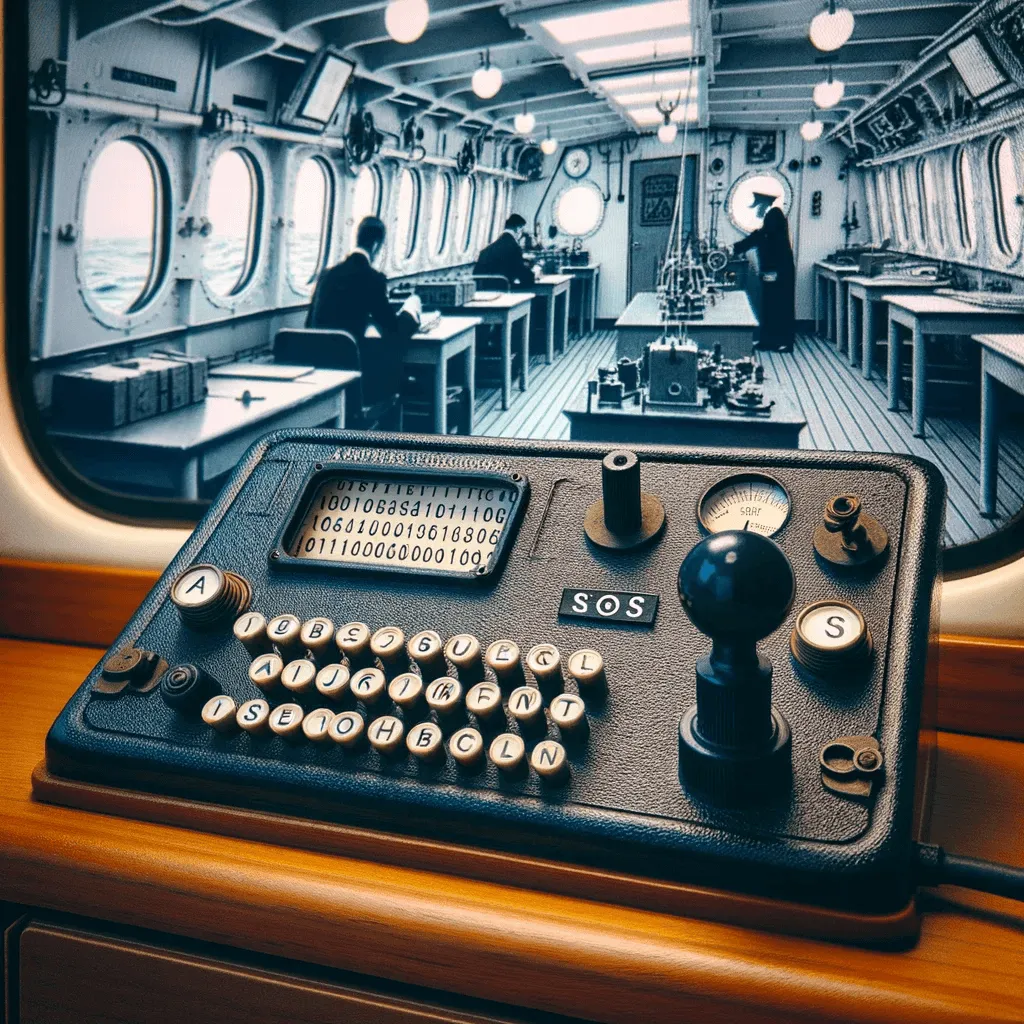
As the 20th century dawned, ships found a new lifeline: the SOS signal. For sailors and passengers, it became a beacon of hope in dire situations.
When a ship faced danger, the SOS signal was their loud cry for help. The tragic sinking of the Titanic in 1912 stands as a testament to the importance of this signal.
The ship sent out desperate SOS calls, emphasizing the critical role of the Morse code in maritime communication.
Delegates from Across the World
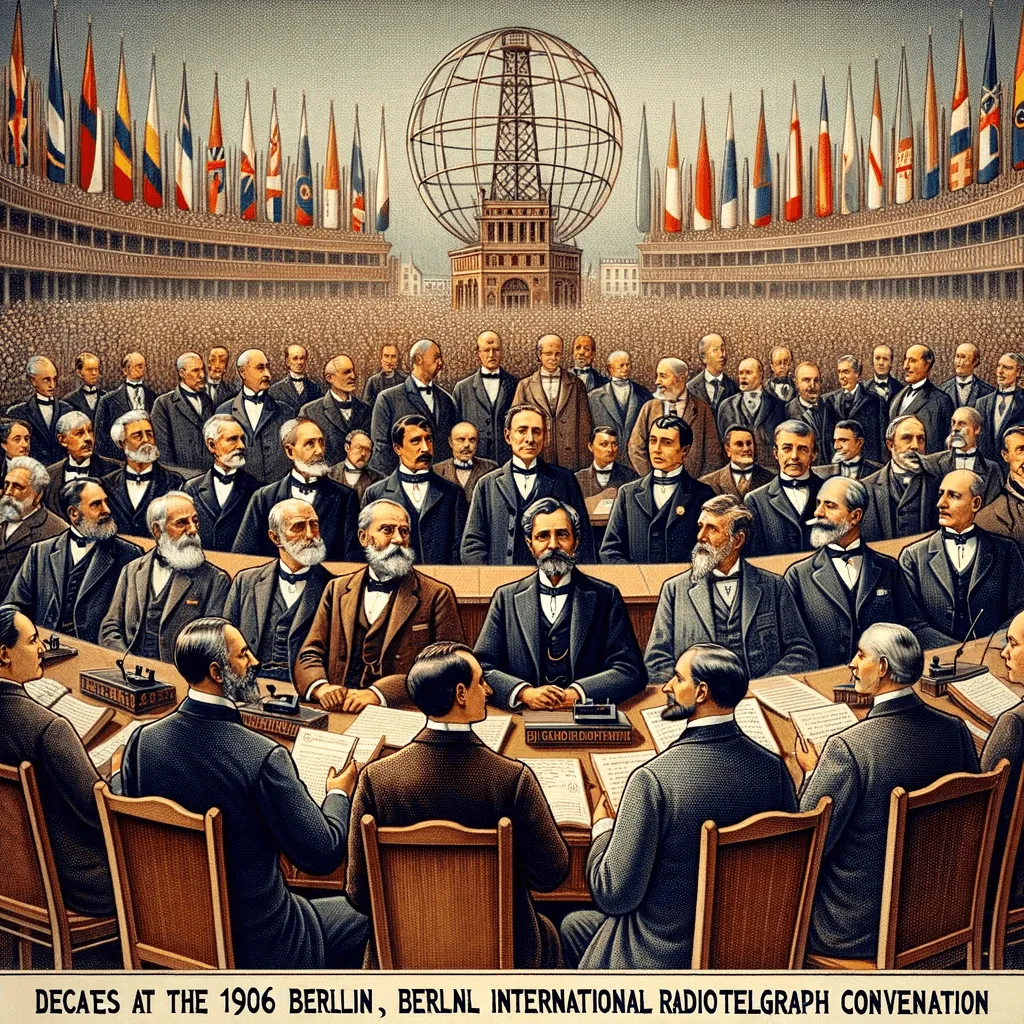
The popularity and efficiency of the SOS signal raised a question: Why not make it a standard for all? This thought led to the 1906 Berlin International Radiotelegraph Convention.
Representatives from various countries gathered with a mission. They discussed and recognized the need for a standardized distress signal. Their decision made SOS the official distress call in 1908.
Transition to Modern Systems
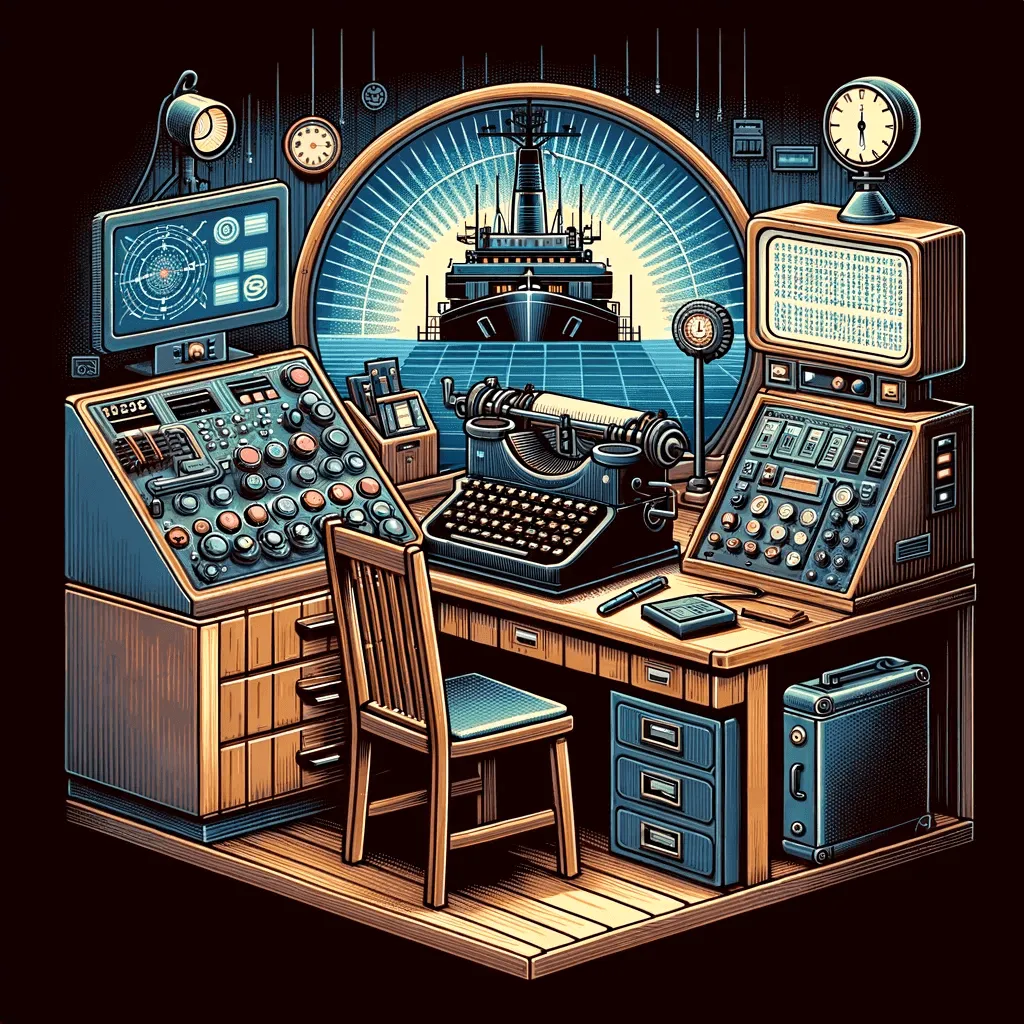
But times change, right? As the years rolled on, technology evolved, offering ships advanced communication tools.
The introduction of systems like the Global Maritime Distress and Safety System revolutionized how ships communicated.
Despite these technological advancements, the SOS Morse code signal stood firm.
Even now, with technology, SOS is still a strong signal asking for help in an emergency.
Exploring the Meaning Behind SOS: Debunking Myths
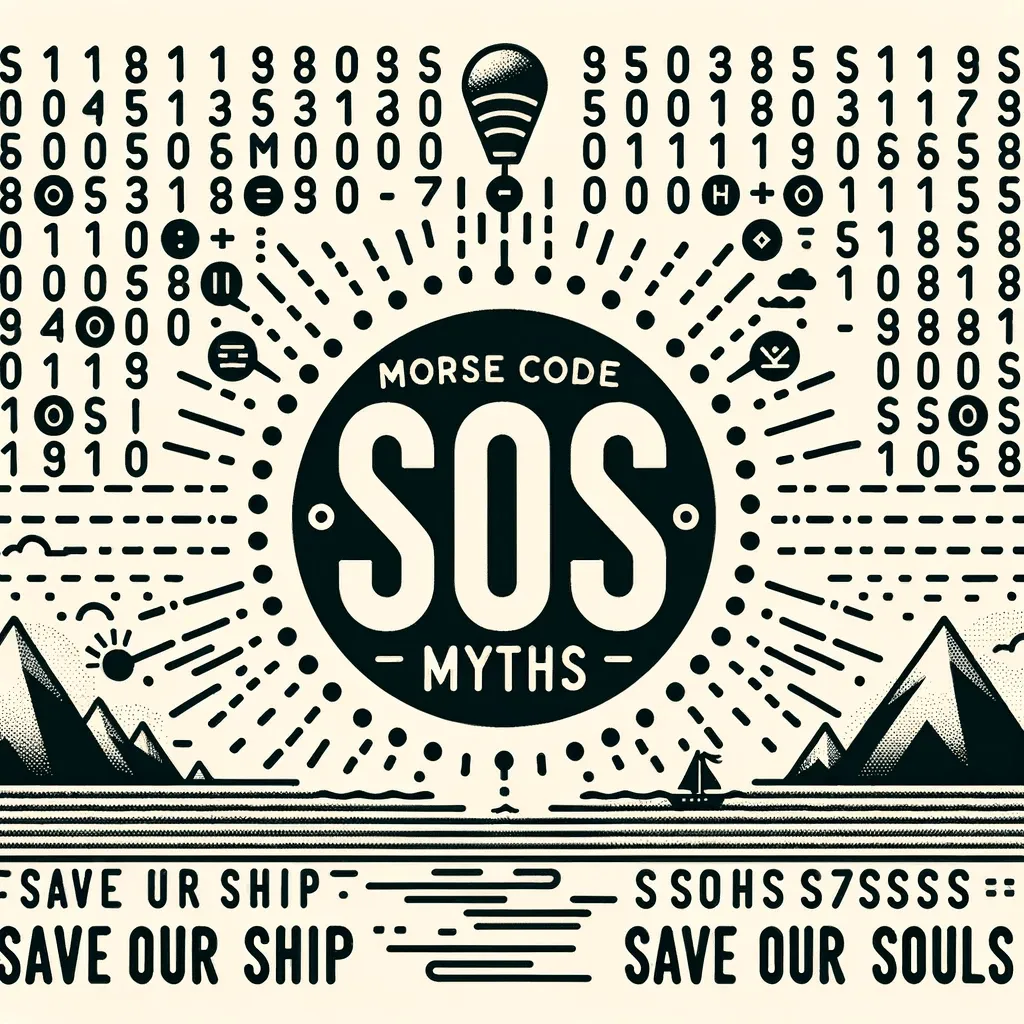
You might have heard people say, "What does SOS stand for in Morse code?" Some think it means "Save Our Ship" or "Save Our Souls." But that's not the true story.
When Samuel Morse and his team made the Morse code, they didn't give SOS a special meaning. They chose SOS because it was easy to notice and remember, especially in emergencies.
In Morse Code, SOS is distinctly represented as ...---...
In reality, this coded message is like a loud shout for help. It doesn't stand for specific words. It's simple and clear, and that's why people across the world understand it.
How to Use SOS in Morse Code
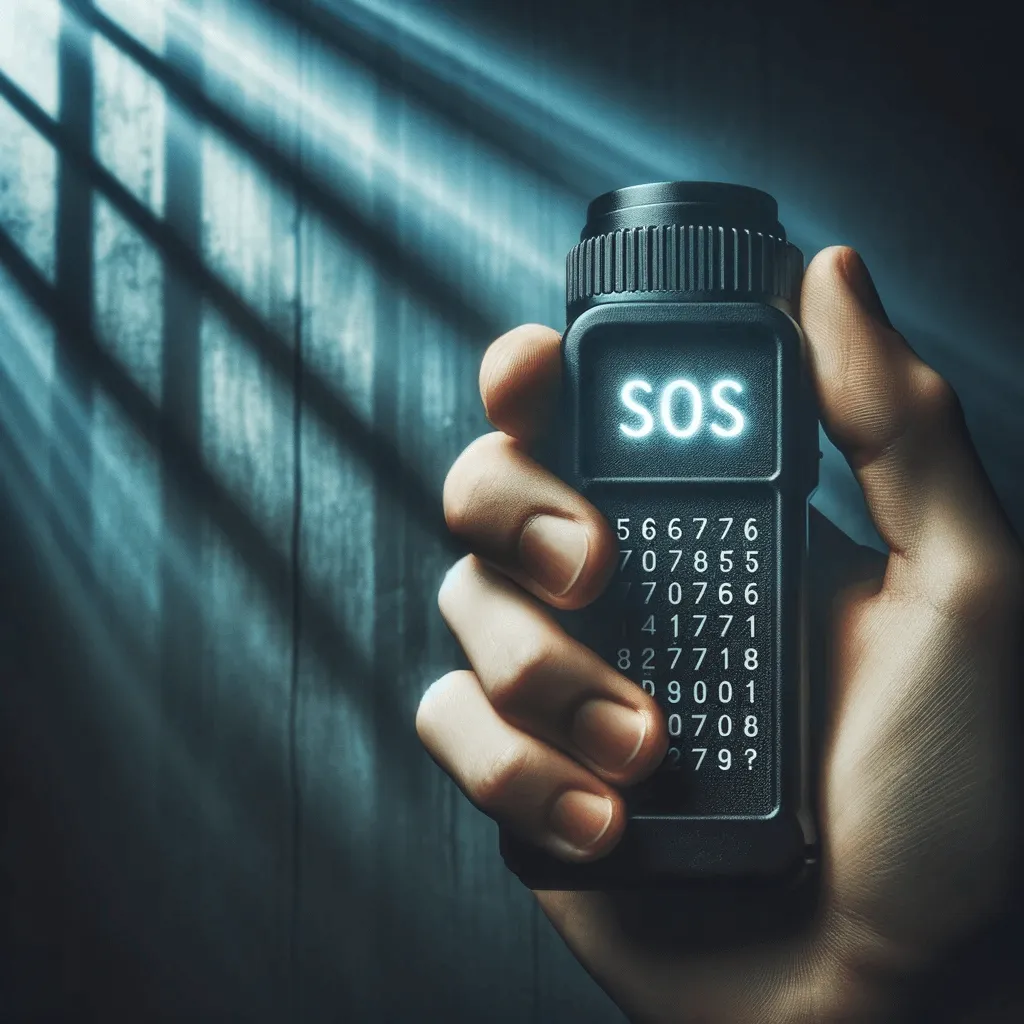
Using the SOS signal in Morse code is straightforward. If you ever find yourself in a situation where you need to send out a distress call, follow these steps:
- Signal Three Dots: This represents the letter 'S'. Each dot should be a short, distinct signal.
- Signal Three Dashes: This represents the letter 'O'. Each dash should be a longer signal, approximately three times the length of a dot.
- Signal Three Dots Again: Repeating the 'S' signal.
Maintaining consistent intervals between each signal and set is important. This helps ensure that your distress signal is clear and recognizable.

If using a flashlight or another light source, you can flash the light briefly for dots and hold it longer for dashes. Similarly, if using sound, a short beep can represent a dot, and a longer beep can represent a dash.
To send an SOS distress call, ensure that your signals are clear, consistent, and have proper intervals. This will allow the recipient to recognize the distress call.
Final Thoughts
The SOS in Morse code is more than just dots and dashes. A strong cry for help, a symbol of hope, and a message that doesn't get old, even with changing times.
From Morse to now, this code has aided in difficult times for ships at sea.
Even as technology grows and changes, one thing remains solid: our need for clear and quick communication.
And this distress signal is a shining example of this. It reminds us that, when in trouble, a simple signal can reach out across vast distances, bringing help and hope.
